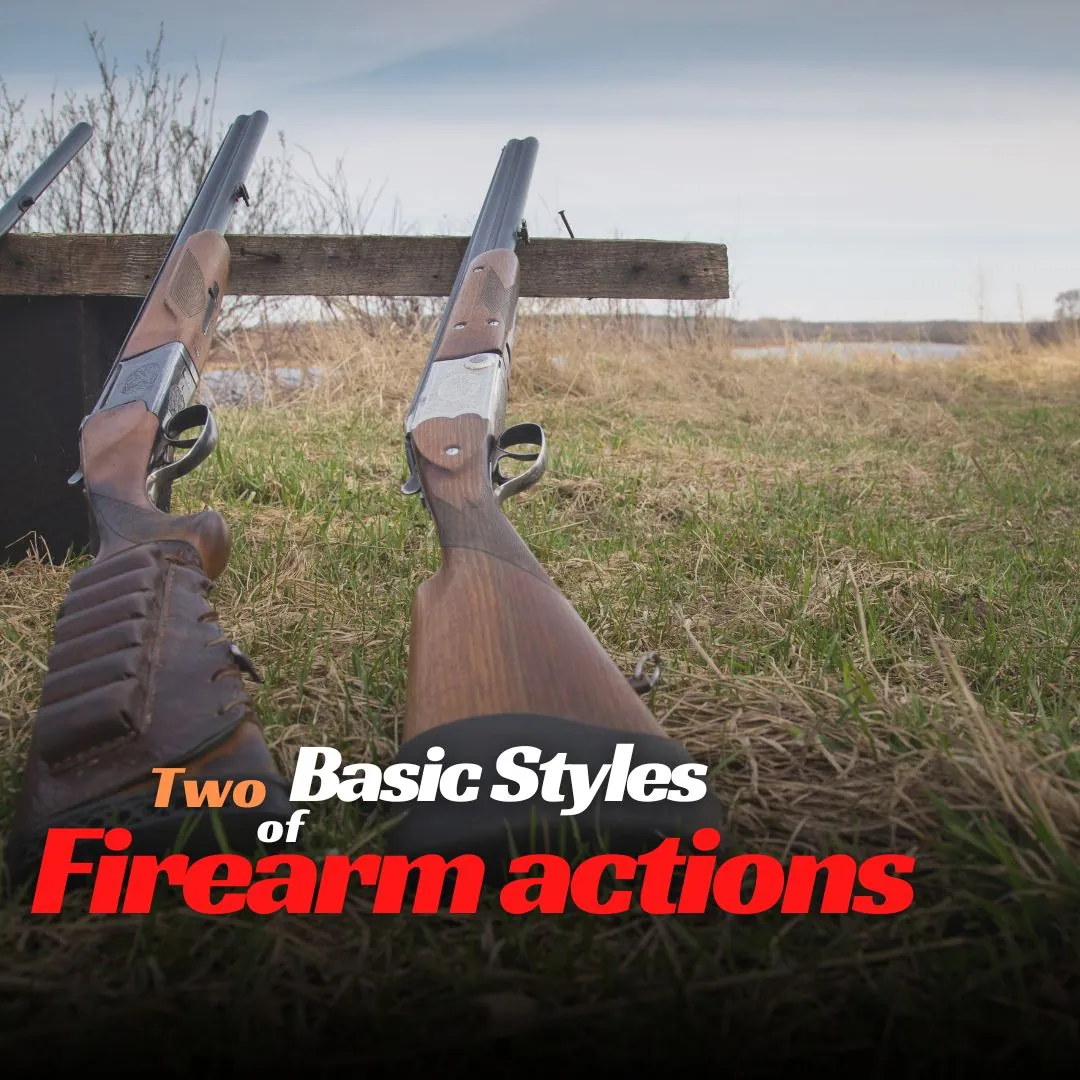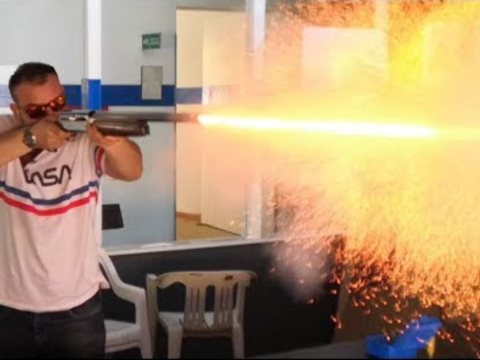The world of firearms is rich and diverse, offering a wide array of options for enthusiasts, hunters, law enforcement officers, and military personnel. Among these many choices, perhaps one of the most critical components is the sight. Firearm sights have a significant impact on accuracy and can be the difference between hitting or missing your target. Whether you’re a seasoned shooter or a beginner, understanding the advantages of different types of sights is crucial to improving your shooting skills.
Table of Contents
Different Types of Firearm Sights
When it comes to firearm sights, there’s a variety to choose from. From simple iron sights to more complex laser and holographic sights, each type offers unique advantages and disadvantages. Despite the flashy appeal of high-tech options, simple and inexpensive sights, like iron sights, often come standard on most handguns. But why is this the case? Are they inferior, or do they hold their ground against their advanced counterparts?
Advantages of Simple and Inexpensive Sights
Simple iron sights are far from outdated or insufficient. They provide an easy-to-use system that allows for quick target acquisition—a must in high-pressure situations where every second counts. Additionally, their cost-effectiveness makes them an accessible option for most users. Without the need for batteries or worrying about electronic failure, iron sights are reliable in almost any situation. They also offer the added benefit of being compatible with most firearms, making them a versatile choice.
Standard Sights: The Industry Norm
It’s important to note that simple and inexpensive sights are often standard options on firearms. This is because they have proven themselves time and time again in real-world scenarios. Most law enforcement agencies and military personnel utilize iron sights due to their reliability and compatibility. They also offer a level of familiarity and consistency, allowing for more efficient training and use.
Finding the Right Sight for You
Ultimately, the best firearm sight is one that works for you and your specific needs. While simple sights may be the standard option, there are still plenty of advanced choices available on the market. Consider factors such as intended use, budget, and personal preference when selecting a sight. And don’t be afraid to try out different types to find the one that best suits your shooting style.
Why They Are Standard on Most Handguns
The reason simple sights are standard on most handguns is rooted both in historical context and their practical benefits. Traditionally, iron sights have been the go-to option due to their simplicity and reliability. As handguns evolved, the industry maintained these standards, favoring the proven effectiveness of iron sights. In practical scenarios, like self-defense or law enforcement operations, the quick target acquisition provided by these sights can be crucial.
Addressing the Myth: Are Simple Sights Inferior?
A common misconception is that because simple sights are less expensive or lack the advanced features of other types, they must be inferior. However, this couldn’t be further from the truth. Simple sights, like the iron sight, have stood the test of time due to their reliability, durability, and ease of use. They don’t rely on batteries or electronics, making them less likely to fail when you need them most.
Practical Scenarios and Case Studies
To further illustrate the effectiveness of simple sights, let’s explore a few real-life scenarios and anecdotes. In one case study from a law enforcement operation, an officer’s quick response was crucial in neutralizing a threat. The officer relied on his handgun’s iron sight, citing its simplicity and speed for his successful target acquisition. Similarly, many hunters prefer the reliability and robustness of iron sights, especially when hunting in dense forest areas where a target can appear suddenly and at close range.
Frequently Asked Questions
- Why are iron sights standard on most handguns?
Iron sights are standard on most handguns due to their simplicity, reliability, and durability. They have been proven effective in numerous real-world scenarios which is why they are favored in the industry.
- Are simple sights inferior to advanced ones?
No, simple sights are not inferior. They may lack the advanced features of other sights, but their reliability, durability, and ease of use make them a crucial component in many shooting scenarios.
- What factors should I consider when choosing a firearm sight?
When choosing a firearm sight, consider factors such as your intended use, budget, and personal preference. Also, consider trying out different types of sights to find one that suits your shooting style.
- Do all firearm sights require batteries?
No, not all firearm sights require batteries. Simple sights, like iron sights, do not rely on batteries or electronics, making them less likely to fail in crucial situations.
- Can I replace the sight on my handgun?
Yes, most handguns allow for the replacement of the sight. However, it’s important to choose a sight that is compatible with your firearm and suits your shooting needs. Overall, understanding the advantages and features of different types of firearm sights is crucial for improving shooting skills and finding the best fit for your individual needs. Whether you prefer the simplicity and reliability of iron sights or choose to invest in more advanced options, practicing with your chosen sight is key to becoming a proficient shooter.
Conclusion
The importance of choosing the right firearm sight cannot be overstated. While it can be tempting to opt for the latest high-tech sight with all the bells and whistles, sometimes a simple, reliable, and inexpensive sight like the iron sight is the best choice. It’s crucial to understand that the “best” sight isn’t the same for everyone—it largely depends on your individual needs, circumstances, and comfort. We encourage all firearm users to research and explore the different options available to find the sight that works best for them. After all, accuracy, safety, and confidence in your equipment are key to any shooting activity.






